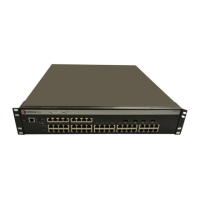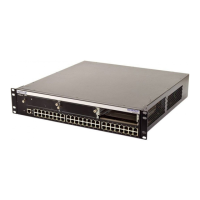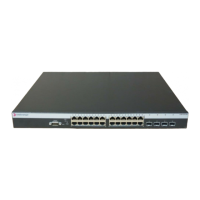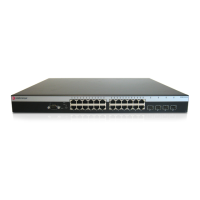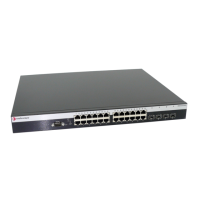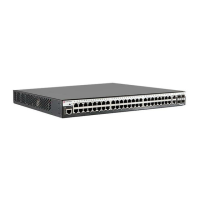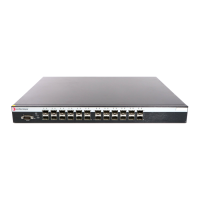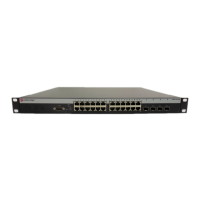Configuring the Switch
3-64
3
• If a port is disabled (shut down) due to a security violation, it must be manually
re-enabled from the Port/Port Configuration page, see “Configuring Interface
Connections” on page 3-89.
Command Attributes
• Port – Port number.
• Name – Descriptive text.
• Action – Indicates the action to be taken when a port security violation is detected:
- None: No action should be taken. (This is the default.)
- Trap: Send an SNMP trap message.
- Shutdown: Disable the port.
- Trap and Shutdown: Send an SNMP trap message and disable the port.
• Security Status – Enables or disables port security on the port. (Default: Disabled)
• Max MAC Count – The maximum number of MAC addresses that can be learned
on a port. (Range: 0 -1024)
• Trunk – Trunk number if port is a member.
Web –
Click Security, Port Security. Mark the checkbox in the Status column to enable
security for a port, set the maximum number of MAC addresses allowed on a port, and
click Apply.
Figure 3-40. Enabling Port Security
CLI – This example enables port security for Port 5 with the intrusion action to send
a trap and disable the port, and then sets the maximum addresses to learn on the
port to 20.
Console(config)#interface ethernet 1/5
Console(config-if)#port security action trap-and-shutdown 4-98
Console(config-if)#port security max-mac-count 20
Console(config-if)#
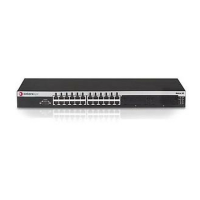
